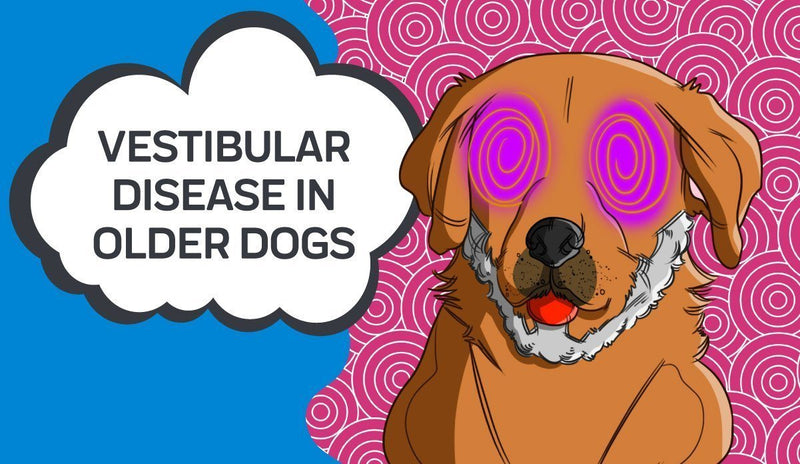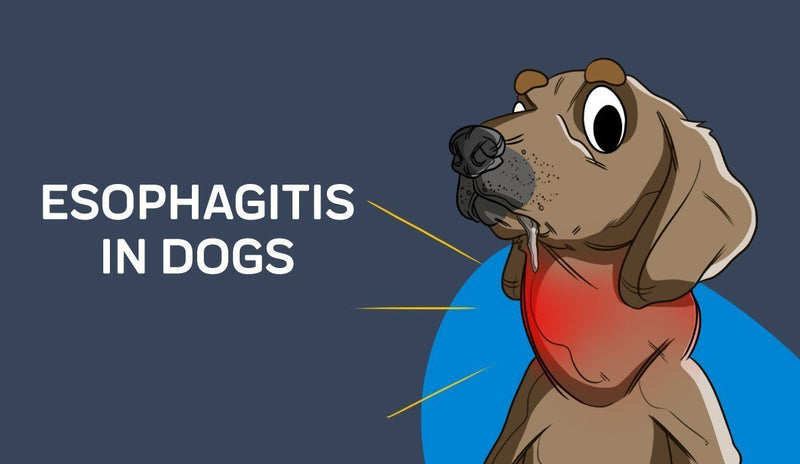
Have you ever wondered if your dog has any clue what you’re saying when you speak to him or her? Do they understand a single word? Are they simply attuned to the inflection and tone of your voice?
Actually, dogs have a limited capacity for learning and understanding our vocabulary. According to a 2009 study, the average dog has the capacity to learn 165 words, including signals and gestures. This level of vocabulary and comprehension is similar to a developing two-year-old child. And the absolute smartest dogs, by this scale, have the capacity to learn as many as 250 words. The Border Collies, Poodles, and German Shepherds in the top of that pack are on par with a child at two and a half years.
Well, a brand new study actually dove into just how dogs process and learn human vocabulary by going straight to the source and examining specific regions of their brains. The research, which was published in Frontiers in Neuroscience from scientists at Emory University, used Functional magnetic resonance imaging (aka functional MRI or fMRI) to look at brain activity when dogs try to differentiate between words and even to try and understand what constitutes a word to a dog.
“We expected to see that dogs neurally discriminate between words that they know and words that they don’t,” says Ashley Prichard, a Ph.D. candidate in Emory’s Department of Psychology. “What’s surprising is that the result is opposite to that of research on humans — people typically show greater neural activation for known words than novel words.”
The Emory University researchers studied this by training 12 dogs to retrieve two different objects based solely on giving them the names of those objects. They occasionally threw in “oddball” pseudo words the dogs wouldn’t know, and then “probed the neural basis for these auditory discriminations using awake-fMRI.” What they found was that the dogs’ brains had greater activity for the pseudowords as opposed to trained words in the
“More likely, a novel word resulted in increased processing to facilitate learning the association with the novel object that followed,” they wrote. “A dog’s behavioral bias for novelty is often described as an explanation for performance otherwise labeled as learning by exclusion.”
“For humans, words represent symbolic placeholders for a multitude of people, objects, actions, and other attributes,” they wrote. “However, just because a dog can match a word with an action, like ‘fetch,’ does not mean that the dog understands the word has meaning in the same way humans do. For example, dogs may rely on other cues to follow verbal commands such as gaze, gestures, and emotional expressions, as well as intonation.”
In other words, this study was important because it controlled for other variables that influence a dog learning what and how we’re trying to communicate with them. This obviously includes something like wagging our finger and shouting “no,” or pointing at an object and vocalizing a specific command, which would leave room for us to learn whether dogs have a stronger comprehension of those verbal commands or gestures, or if they learn with the two coupled together.
“We know that dogs have the capacity to process at least some aspects of human language since they can learn to follow verbal commands,” adds Emory neuroscientist Gregory Berns, senior author of the study. “Previous research, however, suggests dogs may rely on many other cues to follow a verbal command, such as gaze, gestures and even emotional expressions from their owners.”
“Dogs may have varying capacity and motivation for learning and understanding human words,” Berns says, “but they appear to have a neural representation for the meaning of words they have been taught, beyond just a low-level Pavlovian response.”
“When people want to teach their dog a trick, they often use a verbal command because that’s what we humans prefer,” Prichard says. “From the dog’s perspective, however, a visual command might be more effective, helping the dog learn the trick faster.”
This is often where humans start to complicate things for dogs, however. Because they have such a limited capacity for learning vocabulary in the first place, how we couple gestures and language — including tone and physical stature or demeanor — can either punctuate and reinforce a command or make the entire interaction confusing. In another study, researchers in Italy tested which of the two dogs responded best. Using a sample study group of 10 Golden Retrievers and 15 Labrador retrievers which were already trained and qualified for water rescue teams, they explored dogs’ responses to basic commands like "sit", "lie down”, "stay", "come", "fetch", and “turn,” as well as hand signals to signify each. What they found was that dogs obeyed hand gestures with no voice command 99% of the time, while verbal commands only recorded 82 percent correctness in behavior. When they combined both hand gestures and voice commands, the dogs still responded to the hand gestures 70 percent of the time. Of course, canines have an entirely different necessity for even understanding words than we do, since verbal communication is a one-way street with us. The Emory University researchers noted this in the recent study, acknowledging that “the neural reward system of dogs is more attuned to visual and to scent cues than to verbal ones.”
“Dogs may have varying capacity and motivation for learning and understanding human words,” Berns says, “but they appear to have a neural representation for the meaning of words they have been taught, beyond just a low-level Pavlovian response.
“When people want to teach their dog a trick, they often use a verbal command because that’s what we humans prefer,” Prichard added. “From the dog’s perspective, however, a visual command might be more effective, helping the dog learn the trick faster.”

















